Sark: A dot on the map, a step back in time and an unforgettable, eccentric holiday spot
A skip and a hop over the sea lies the island of Sark, a gem of a place in the Channel Islands which really is a step back in time.
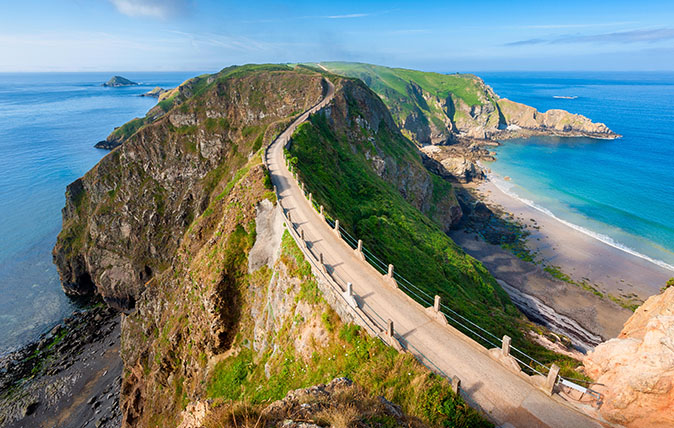
Whenever I’ve been promised that a place is ‘just a dot on the map’, it usually ends up feeling like something of a misnomer. You go along imagining a wild outcrop fringed by picturesque beaches that you can walk around in day, and end up in a place with an international airport and three separate outposts of Starbucks.
In the case of Sark, it really feels accurate. Just half a mile across and three miles from end-to-end, this charming spot is genuinely so small that you almost feel like you could roll it up and take it home.
And yes, it really does feel like a wild outcrop, and the beaches are breathtaking. On a sunny day with the wind blowing, the puffins sheltering in the hillsides and the dolphins playing off-shore, there’s nothing quite like it.
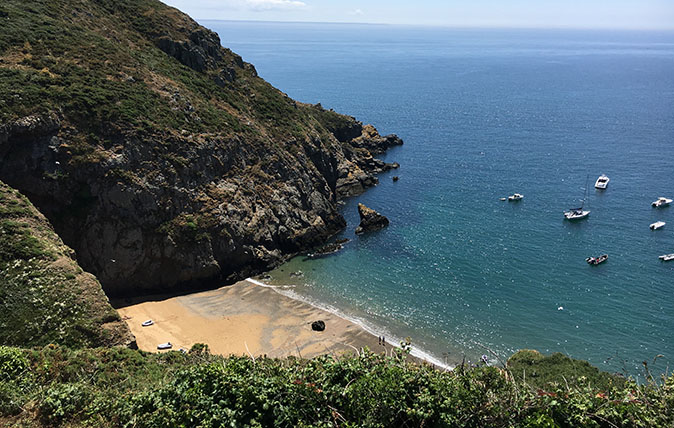
It’s an island with a fascinating history dating back to the 6th century when a monastery – of which only a few crumbling stones remain – was founded by St Magloire. It became a British crown property thanks to William the Conqueror bringing it to the crown as part of his Normandy land, and a community of about 400, just a hundred or so less than live on the island today, until the Black Death wiped out the entire population in 1348.
It was Queen Elizabeth I who brought settlers back to Sark, granting it to Helier de Carteret on condition that the island have no fewer than 40 armed men resident at any time. Rather amusingly, the feudal system – which was already on its way out in Europe – was set up, and somehow remained the system of government until just 10 years ago.
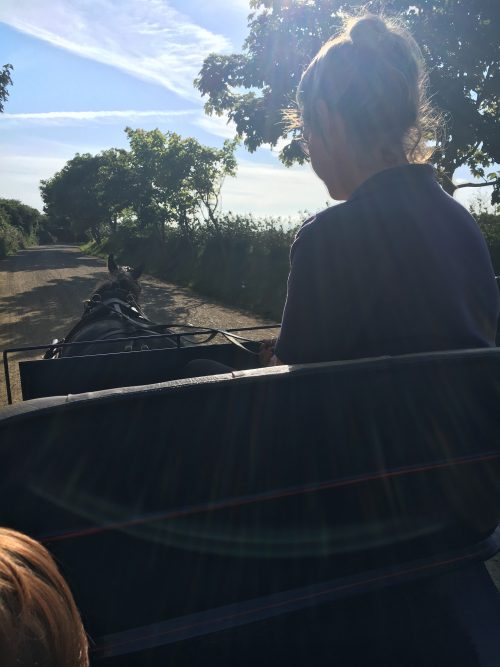
Fascinating as the history is, more important to the appeal of the island is the fact that Sark really is a step back in time. No cars are allowed on the island, meaning that bicycle and horse-and-cart are the main modes of transport. You’ll also see a lot of tractors, being used for tending the fields across the island or delivering goods and luggage from the harbour to the shops, restaurants and hotels.
Where to stay on Sark: Self catering at Clos a Jaon
We stayed at one of Sark’s newest places: Clos a Jaon, a collection of three self-catering homes situated around a cobbled courtyard. It couldn’t be more central – so much so that it’s located on a crossroad which appeared to be the epicentre of the Sark rush hour, which is to say that a tractor passes every ten minutes or so at the start and end of the day.
Sign up for the Country Life Newsletter
Exquisite houses, the beauty of Nature, and how to get the most from your life, straight to your inbox.

The level of finish was just superb throughout – faultless, actually – and full of the sort of touches which you’d love to have in your own home but would probably write off as overly extravagant. Lying in bed you can control the Velux windows with an electronic touch screen thing and play music from the Bluetooth speakers embedded in the ceiling; and if you’re cooking, the magnificent Japanese knives in the kitchen are almost scarily sharp.

We stayed in Le Petit, which was perfect for four people, but if you're in a larger party then La Grange looked superb. It sleeps eight in a beautiful building with a turret staircase and a private garden.
Self-catering stays at Le Clos a Jean start from £90 per night – see www.closajaonsark.com for more details.

Other places to stay on Sark
There are all sorts of other options on the island (the island’s official website has a full list at www.sark.co.uk/where-to-stay) ranging from charming B&Bs run by people whose families have been here for half a millennium to a Scandinavian-style log cabin, which happens to be attached to the island’s boutique chocolatiers, Caragh Chocolates. (Do not leave the island without buying a bag of their orange-chocolate buttons, incidentally. )
The grandest of the options is Stocks Hotel, half-way between the village at the centre of the island and Dixcart Bay, a very well-run hotel in a heavenly setting, a small tree-ringed valley that makes you feel like you’re getting away from it all in fine style. But if staying close to the centre of the island doesn’t sound isolated enough, take a look at La Sablonnerie, a quirkily charming 400-year-old farmhouse on ‘Little Sark’, accessed via ‘La Coupée’, the famous ridgetop walkway a few feet wide (and pictured at the top of this page) which stretches across to a blob of land at Sark’s south-west extremity.
Food and drink
Even if you're not staying at Stocks, we'd highly recommend stopping in for a meal – particularly if the weather is fine. There is a restaurant that offers true fine dining – including a £65 tasting menu – the hotel's brasserie makes the most of the wonderful setting with outside tables.
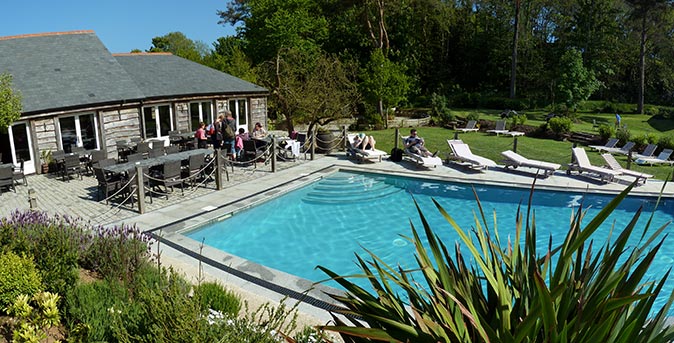
Stop in for lunch and you can then spend the afternoon lazing in the gardens and cooling off in the swimming pool – or else come early for your dinner, as we did, with the hotel even sending along one of their horse-and-carriages to pick us up. Extremely generous portions of excellent food – much of which is grown in their own gardens, or sourced elsewhere from the island – went down well with adults and children alike.
Other options include the upscale guest houses of Le Vieux Clos and Clos de Vaul Creux, which both serve dinner, while there are a couple of pubs including the Bel Air Inn, at the top of the hill that'll be your first stop after the harbour, and The Mermaid, tucked away a few minutes walk from the centre.
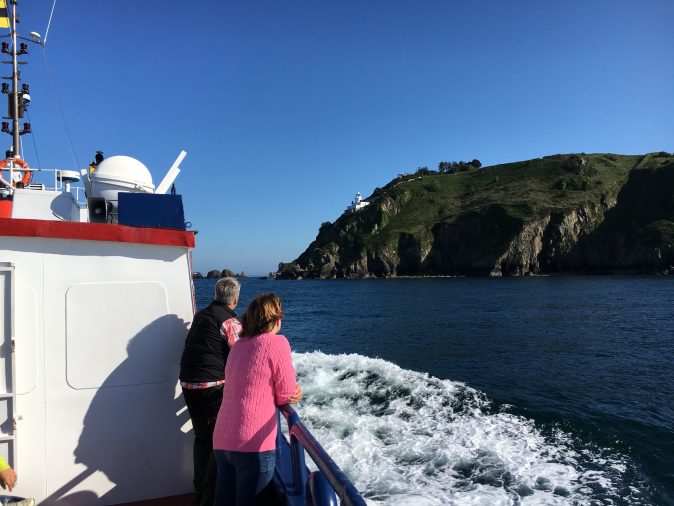
Things to do
Cycling
Cycling is far and away the best option for getting around the island – away from the vertiginous cliffs the island has few hills to speak of, and given the size of the place you can to almost anywhere in a matter of minutes.
Don't worry about bringing your own bike, either. There are several bicycle hire places on the island – we used Avenue Cycle Hire, who were incredibly helpful fitting well-looked-after bikes with trailers and pull-alongs so that we could scoot the children around.
Cliff-walking and 'coasteering'
We'll start with a word of caution: health and safety hasn't reached Sark, or at least not by the standards of the British mainland. Paths and steps down to the innumerable coves need negotiating with care, and you'll need a modicum of fitness to make the most of the place. Not that you need to be an elite athlete – our children, aged five and seven, were perfectly happy scrabbling up and down (and loved every second of it).
For older children and those seeking more adventure, a company called Adventure Sark are offering something called 'coasteering': a mix between climbing, swimming and caving to really make the most of this incredible place.

Boat trip round the island
The trip to the island itself will be enough of an adventure for those with landlubber stomachs – while our trip out from Guernsey was a sun-drenched pleasure cruise across a millpond, on the trip back we had very heavy seas. Even the joyous sight of a pod of dolphins racing alongside the ferry wasn't enough to get the colour back into their faces.
But if the weather is fine, the round-the-island boat trip is a joy – both for the unmatched views and the brilliant pilot who takes you round. George Guille's family have been on Sark for centuries – there's nothing he can't tell you about the island, the wildlife or the unique political situation.
Beaches
If you're with children who are keen on a bit of sand and paddling, the best beaches are to be found at Dixcart Bay and La Coupée, both on the south side of the island. Both are easily walkable from the centre of the village, with a combination of steps and paths to get down to sea level. You'll also need to keep an eye on the tides, however: both are underwater towards high tide.
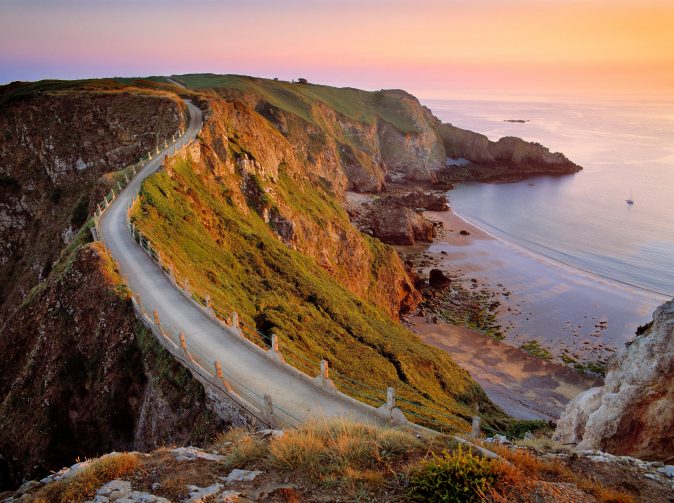
For swimmers, the highlights are Le Creux harbour – which has the unique benefit of being close to a café with toilets – and a spot that is located across on Little Sark: the famed Venus Pool. For a couple of hours either side of low tide it's accessible, a perfect natural swimming pool with crystal clear water running to a depth of 20ft or so.
For scenic beauty and scrambling over boulders, head to Port du Moulin. Located on the east of the island, there are a couple of natural rock arches on this rocky beach which also enjoys views across to Brecqhou, the Barclay brothers' private island on which they live in palatial splendour.
La Seignurie
The official home of Sark's feudal lord is still a private residence, but the fine gardens are open to the public – the roses are a wonder, and the children will absolutely love the maze with a wooden fort to climb at the centre. There's also a room dedicated to the history of the island – we'd thoroughly recommend taking it in to get a sense of what life is, and has been like, on this unique and wonderful place.
Getting to Sark
Getting to the island is one of those things that sounds like it'll be fiddly, but is actually very straightforward. You'll need to fly to Guernsey (or catch the ferry if you prefer), then head down from the airport to the harbour in St Peter Port, get on the ferry, and connect on arrival with the tractor-pulled trailer (nicknamed 'The Toast Rack') at the other end to get up the steep hill that runs from the harbour to the centre of the island. From there, you'll be able to get to where you're staying via horse and cart, bicycle or on foot. Our children worked out that all-in-all, including driving to Southampton Airport and getting various buses, we used six different modes of transport on the day we travelled over.
It's much simpler than it sounds, not least because the flight from Southampton with FlyBe is only half an hour (and it's just a few minutes longer than that from Gatwick). Once you're in Guernsey a bus that stops right outside the airport doors takes you straight to the harbour in St Peter Port. From there, the Sark Shipping Company ferries take just under an hour, and they'll also arrange a bag tag that will ensure one of Sark's carters will collect your bag (on a tractor) and take it directly to your accommodation.
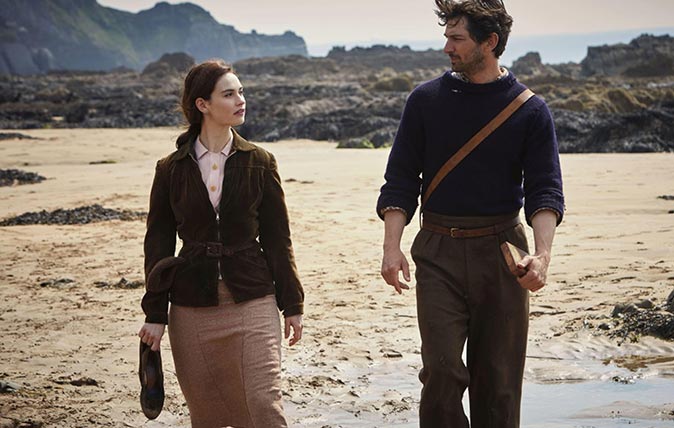
Credit: Alamy
The story behind The Guernsey Literary and Potato Peel Pie Society is almost as fascinating as the book itself
The Guernsey Literary and Potato Peel Pie Society has opened up the island’s charms to a new audience, finds Holly
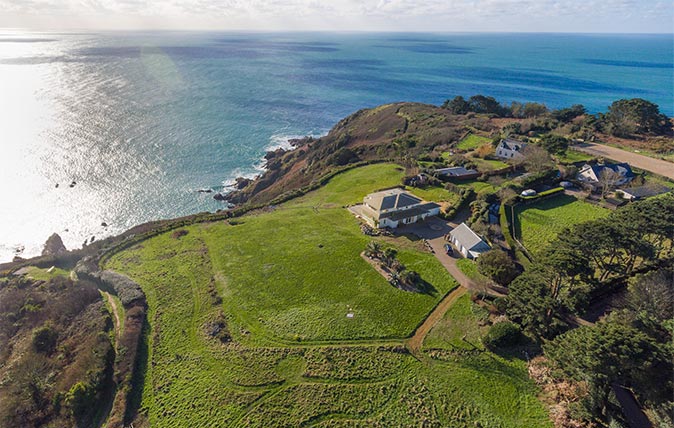
Credit: livingroom
Seven dream properties on the wonderful island of Guernsey, as seen in Country Life
We take a look at some of the truly staggering places currently for sale on the delightful island of Guernsey
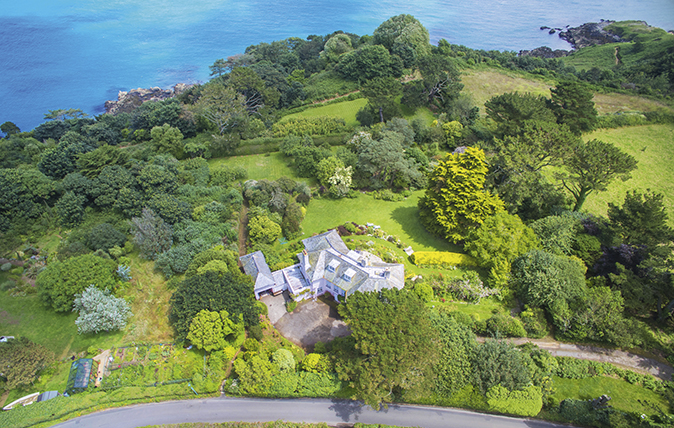
A truly beautiful residence on a stunning cliff top location
Dolphins is a clifftop retreat on an iconic peninsula of Guernsey, on the market for the first time in 60
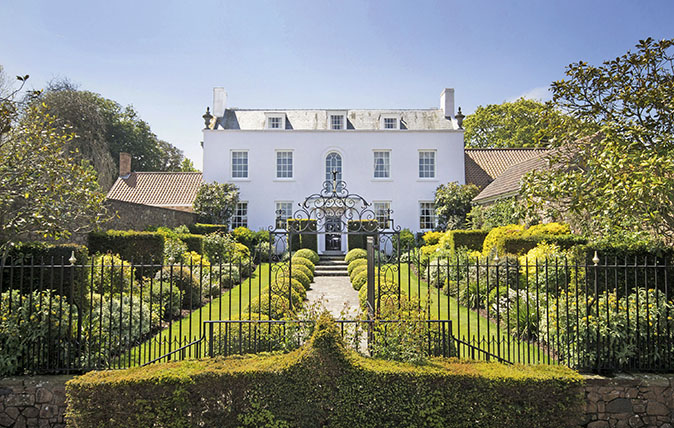
An exceptional Guernsey estate up for sale for the first time in over 30 years
Beaucamp de Haut is a haven of rural tranquillity enjoying sea views and total privacy.
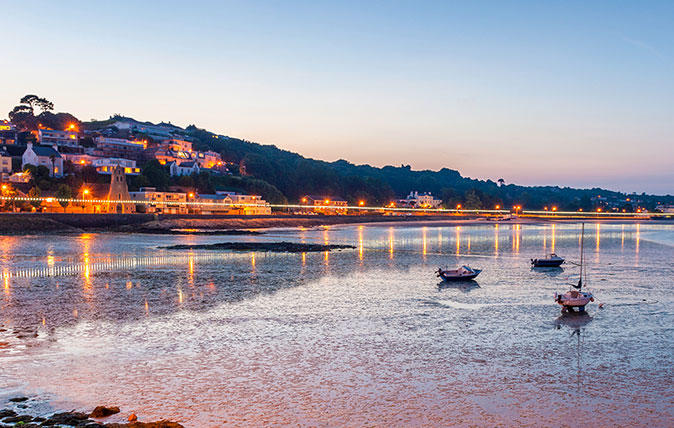
Credit: Getty
Jersey and Guernsey property: Is it immune to Brexit, and what you could get if you make the move
Country Life's property correspondent Penny Churchill explains what potential buyers on the two largest of the Channel Islands need to
Toby Keel is Country Life's Digital Director, and has been running the website and social media channels since 2016. A former sports journalist, he writes about property, cars, lifestyle, travel, nature.
-
 Two quick and easy seasonal asparagus recipes to try this Easter Weekend
Two quick and easy seasonal asparagus recipes to try this Easter WeekendAsparagus has royal roots — it was once a favourite of Madame de Pompadour.
By Melanie Johnson
-
 Sip tea and laugh at your neighbours in this seaside Norfolk home with a watchtower
Sip tea and laugh at your neighbours in this seaside Norfolk home with a watchtowerOn Cliff Hill in Gorleston, one home is taller than all the others. It could be yours.
By James Fisher
